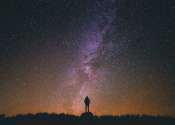Hubble captures unprecedented fading of Stingray nebula
Great things take time. This is true when it comes to many processes in the universe. For example, it takes millions of years for stars—the building blocks of the universe—to form. Then, many stars last for billions of ...









